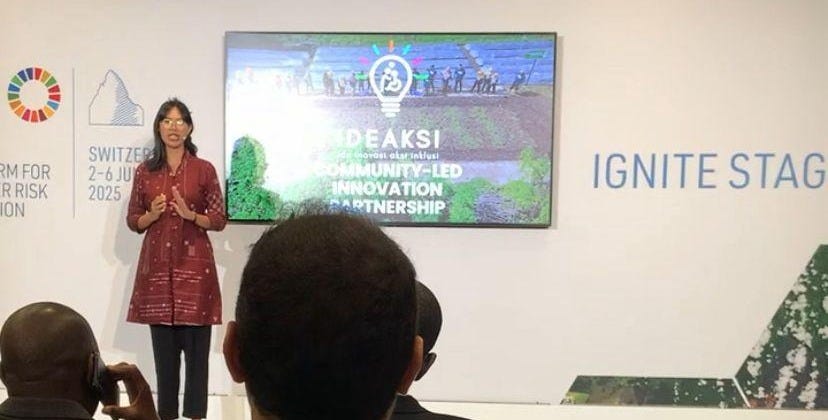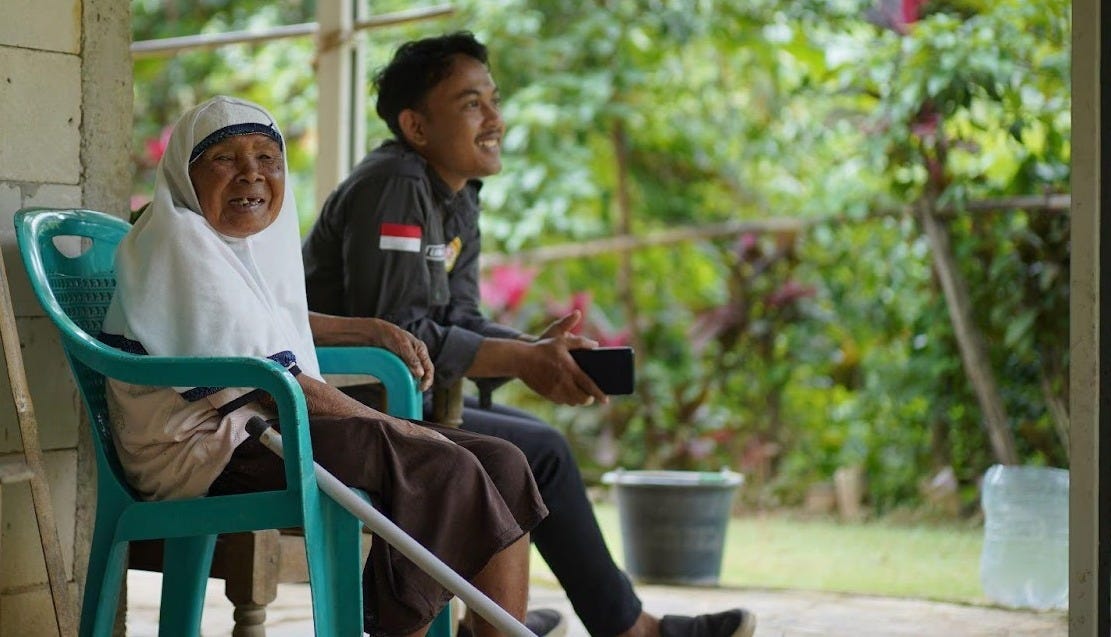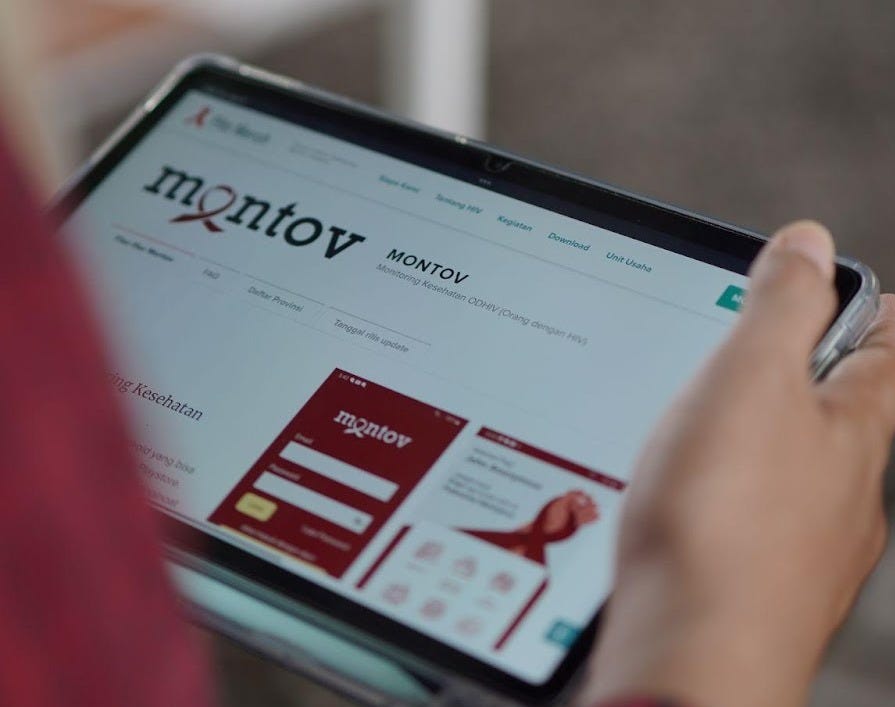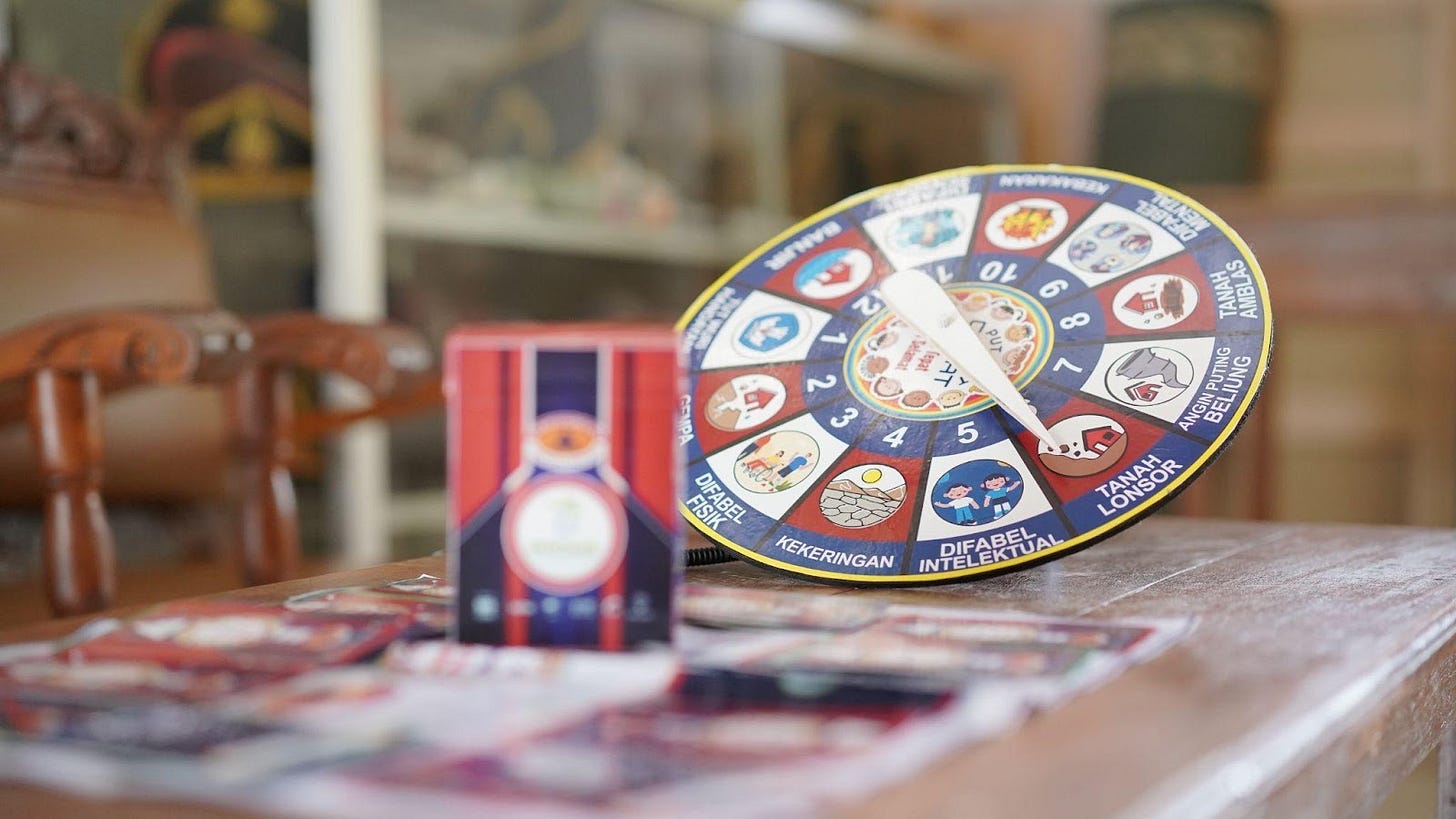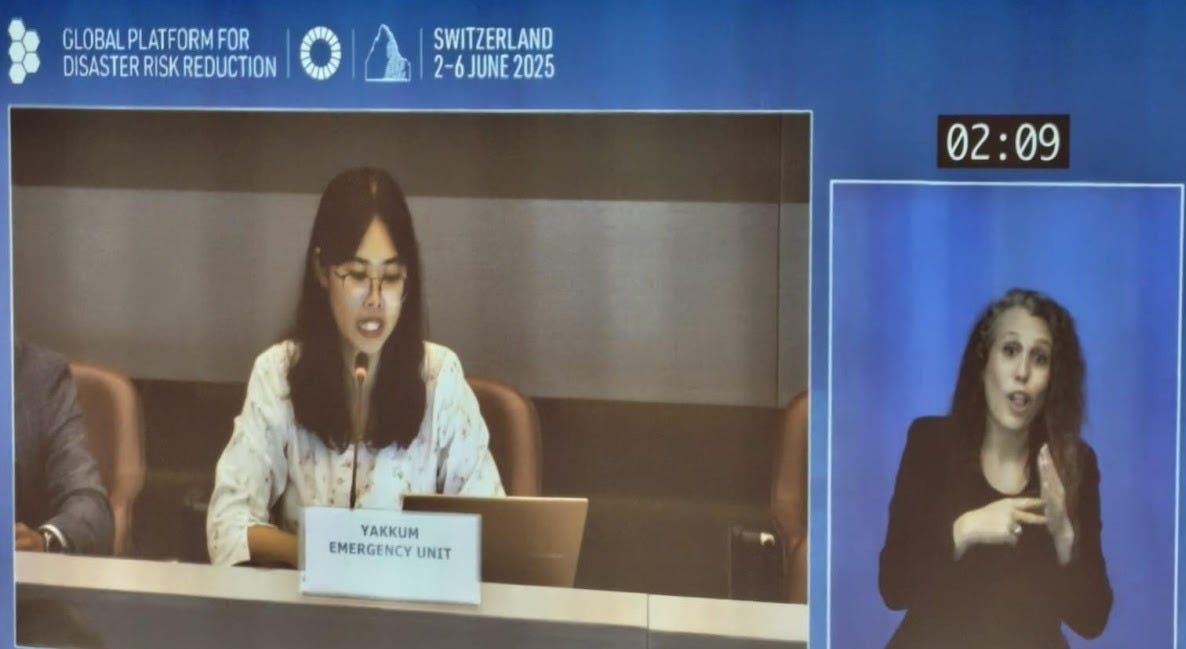From the Ground to Geneva: Community-Led Voices at GPDRR 2025
By: Jessica Novia, Program Division, YAKKUM Emergency Unit
When we talk about innovation in disaster risk reduction, what comes to your mind? Perhaps the integration of AI into school curricula, Android-based data collection tools for rapid assessments, or advanced early warning apps? These are all valid and exciting examples. But did you know that there are also powerful innovations rooted in local wisdom and traditional knowledge, developed by communities in disaster-prone areas? These innovations are often more accessible, easier to understand because they are grounded in people’s daily lives, and sustainable, because they belong to the people themselves.
That is the kind of innovation we nurture through the Community-Led Innovation Partnership (CLIP), a global initiative implemented in South Sudan, Guatemala, the Philippines, and Indonesia. In Indonesia, YAKKUM Emergency Unit (YEU) serves as the national innovation hub, leading the IDEAKSI (Inclusive Innovation Action Ideas) program. At the Global Platform for Disaster Risk Reduction (GPDRR) 2025 in Geneva, Switzerland, we had the opportunity to share these community-driven solutions with the world.
During the Ignite Stage session, we spotlighted a youth group from Gunungkidul called Karang Taruna Prima Gadung, living in a landslide-prone area. Concerned about the safety of their sub-village, they combined traditional knowledge passed down from their ancestors with practical innovation, developing a technique called “bambu jahit bumi” or “earth-stitching bamboo.” By embedding vertically cut bamboo and planting vetiver grass and other root-binding plants around it, they created a method to prevent soil erosion and reduce landslide risk. Alongside this, they actively promote DRR education and conduct disaster drills in their community.
Another inspiring innovation came from Pita Merah Jogja, a community group supporting people living with HIV/AIDS. Recognising that disaster events often disrupt health services, something that can be life-threatening for those who cannot afford a break in medication, they created a digital platform that helps PLHIV access reliable information on where and how to get antiretroviral treatment during emergencies. Not relying solely on online access, they also support offline communication networks through their members to ensure no one is left behind during a crisis.
We also shared stories from PPDMS Gunungkidul (Disability Empowerment Center), who created a mobile, inclusive DRR education tool tailored for children with disabilities as well as children in general schools. It is fun, engaging, adaptable, and co-developed through consultations and trials with children and their families. It offers a practical, joyful way to teach life-saving preparedness skills in formats that suit different learning needs.
What makes these innovations powerful is that they were not brought in from the outside. They were initiated by the communities themselves: ideas that came from lived experience. Through CLIP, YEU, and our local innovators transformed those ideas into structured, impactful programs. Because ownership remains in the hands of the community, the chances of sustainability are much higher. Our role as an innovation hub is to strengthen local capacity through training and mentoring, link communities with technical experts, and amplify these good practices, just as we did on the GPDRR global stage.
Beyond the Ignite Stage, YEU was also honoured to be a panellist at the Ministerial and Stakeholder Roundtable Plenary under the theme “Innovation and Strategic Foresight for Disaster Risk Reduction.” This is one of the most strategic forums of GPDRR, bringing together high-level policymakers, multilateral institutions, and civil society representatives from around the world.
At this forum, we shared four key recommendations drawn directly from our field experiences:
Recognise and meaningfully engage community leadership in the planning, implementation, and evaluation of DRR programs.
Provide flexible funding that enables communities to test, learn, and adapt their innovations.
Strengthen technical capacity and community confidence, so they can manage risk independently and sustainably.
Build equitable partnerships between communities and stakeholders (academia, government, media, and the private sector, etc)so local solutions can scale and shape national and even global policy.
YEU’s participation in GPDRR 2025 also aligns closely with the global momentum around localisation and community leadership. The Head of UNDRR and Co-Chair Mr. Kamal Kishore highlighted the need to strengthen ongoing learning and knowledge exchange through Communities of Practice, activate meaningful action at local and national levels via the Stakeholder Engagement Mechanism (SEM), and ensure inclusive participation in disaster risk governance, especially by engaging women and marginalised communities in decision-making spaces.
We hope that more organisations and governments will adopt community-led approaches like CLIP. They are not just effective, but also deeply sustainable. When we support communities as active agents of change, we are not only building resilience. We are advancing the goals of the Sendai Framework for Disaster Risk Reduction itself.
As a local actor within civil society, we believe that through collective action, we can continue to amplify local good practices and push for meaningful change, not just in policy, but in how resilience is built from the ground up.




